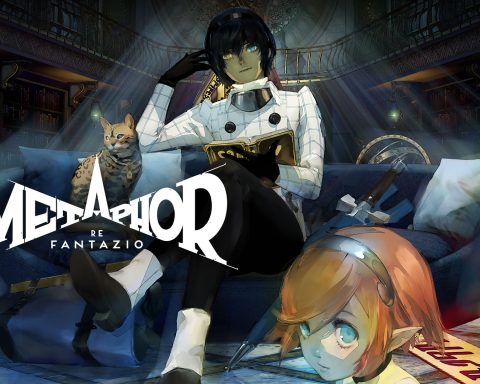I love foreign films because in watching them I learn something about the culture and environment that the film director, writer, and other artists involved in the production live within. It’s great to see the games industry start to follow suit, with independent developers across the world creating games that are unique to their home culture.
 Scandinavian artists have long struggled with the topics of religion and spirituality in their work, and Knytt Underground is another manifestation of that struggle. In theory Mi’s Chapter 3 quest is to ring six special bells and prevent an apocalypse. She’s compelled to based on what passes for religion among the Knytts, and dutifully she goes about that quest. But then characters (including Nifflas himself for some 4th-wall breaking action) start to pop up and question the purpose of the quest, right down to whether the apocalypse really will happen if those bells are not rung. Cilia, especially, takes on the role of the skeptic, and many of the arguments that she makes (foul mouthed as they are) are compelling and seem to ring true. If you’re anything like me you do start to wonder whether there is actually any purpose to the quests and its many dangers.
Scandinavian artists have long struggled with the topics of religion and spirituality in their work, and Knytt Underground is another manifestation of that struggle. In theory Mi’s Chapter 3 quest is to ring six special bells and prevent an apocalypse. She’s compelled to based on what passes for religion among the Knytts, and dutifully she goes about that quest. But then characters (including Nifflas himself for some 4th-wall breaking action) start to pop up and question the purpose of the quest, right down to whether the apocalypse really will happen if those bells are not rung. Cilia, especially, takes on the role of the skeptic, and many of the arguments that she makes (foul mouthed as they are) are compelling and seem to ring true. If you’re anything like me you do start to wonder whether there is actually any purpose to the quests and its many dangers. Of course, Nifflas’ work isn’t quite as clear-cut as Bunyan’s, and being an interactive game players are more free to come to their own conclusions on the message to take away from the experience. While The Pilgrim’s Progress is steadfastly Christian in its outlook and thesis, Knytt Underground is more interested in a general view of spirituality and the need that many feel to wholeheartedly work towards something where the consequences of their actions are not a guarantee. Despite that key difference there it’s difficult to argue that Knytt Underground is not a deeply spiritual experience.
Of course, Nifflas’ work isn’t quite as clear-cut as Bunyan’s, and being an interactive game players are more free to come to their own conclusions on the message to take away from the experience. While The Pilgrim’s Progress is steadfastly Christian in its outlook and thesis, Knytt Underground is more interested in a general view of spirituality and the need that many feel to wholeheartedly work towards something where the consequences of their actions are not a guarantee. Despite that key difference there it’s difficult to argue that Knytt Underground is not a deeply spiritual experience.







